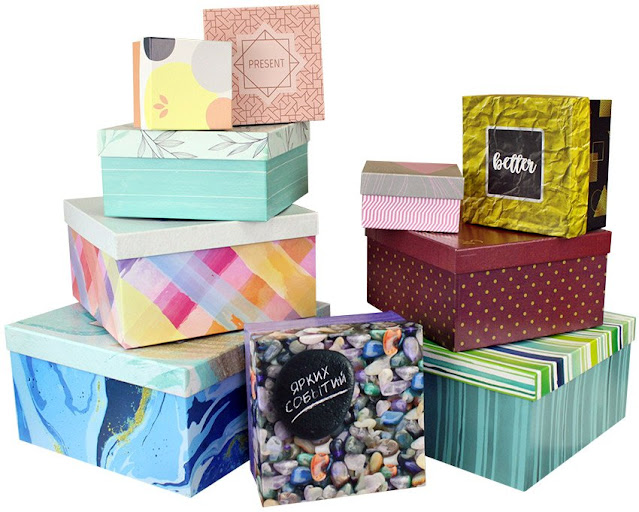Exploring the History and Evolution of Food Boxes in Culinary Culture
Introduction
Food boxes have become an integral part of our culinary culture, providing convenience, variety, and even inspiration for home-cooked meals. In this article, we will delve into the history and evolution of food boxes, tracing their origins from early food containers to their current popularity in modern society.
Early Food Containers
The Origins of Food Preservation
Food preservation has been practiced for centuries, with ancient civilizations using various techniques to prolong the lifespan of perishable items. From salting and smoking to drying and fermenting, these methods allowed food to be stored for longer periods, enabling early human societies to overcome scarcity and survive harsh environments.
Ancient Forms of Food Packaging
As civilizations advanced, so did their methods of storing and transporting food. Clay pots and woven baskets were commonly used to store grains, fruits, and vegetables. These early containers provided protection against pests, moisture, and other external factors that could spoil food.
The Birth of Food Boxes
Early Examples of Food Boxes
The concept of food boxes as we know them today can be traced back to the 1800s. Metal lunch tins were introduced, allowing workers and students to bring their meals conveniently. These early lunch boxes were simple in design, often rectangular or cylindrical, and featured a handle for easy carrying.
The Advantages of Food Boxes
Food boxes soon gained popularity due to their practicality and ability to keep food fresh. They offered a convenient way to transport meals without the risk of spillage or contamination. Moreover, the development of insulated food boxes allowed for the transportation of hot or cold foods, further expanding their usefulness.
Food Boxes in Modern Culinary Culture
Convenience and Takeout Food
In recent years, food boxes have seen a surge in popularity due to the rise of takeout and food delivery services. With the fast-paced nature of modern life, many individuals opt for the convenience of having restaurant-quality meals delivered right to their doorstep. Food boxes provide a convenient solution, ensuring that the food remains fresh and appetizing during transit.
Meal Kit Subscription Services
Another significant development in the culinary world is the emergence of meal kit subscription services. These services provide customers with pre-portioned ingredients and recipe instructions, allowing them to prepare restaurant-quality meals at home. Meal kits often come in well-designed food boxes, ensuring that the ingredients remain fresh and organized.
The Evolution of Food Box Design
Innovative Materials and Packaging Solutions
As technology advanced, so did the materials and packaging solutions used in food boxes. From traditional cardboard and plastic containers to more eco-friendly options like biodegradable or compostable packaging, the industry has made significant strides in reducing its environmental impact while maintaining food safety and freshness.
Customization and Personalization
To cater to individual preferences and dietary restrictions, food box companies now offer customization and personalization options. Customers can choose from a wide variety of cuisines, select specific ingredients, or even have meals tailored to their nutritional needs. This level of customization has made food boxes a popular choice for those seeking an effortless yet personalized cooking experience.
Environmental Impact of Food Boxes
Sustainable Packaging Options
With concerns about environmental sustainability gaining prominence, the food box industry has been striving to adopt more eco-friendly packaging solutions. Companies are now exploring alternatives to single-use plastics, such as compostable materials or reusable containers. This shift towards sustainability reflects the growing awareness of the need to minimize waste and preserve the planet's resources.
Recycling and Waste Management
Efforts to reduce the environmental impact of food boxes go beyond the choice of packaging materials. Many companies have also implemented recycling programs or partnered with specialized waste management facilities to ensure proper disposal or recycling of their packaging. These initiatives aim to minimize the volume of waste generated and promote a circular economy.
The Future of Food Boxes
Technological Advances
As technology continues to advance, we can expect to see further innovations in the field of food boxes. Smart packaging solutions, incorporating temperature sensors or indicators to ensure food safety, could become more prevalent. Additionally, advancements in packaging design and materials will likely result in improved insulation and preservation techniques.
Integration with Smart Devices
With the increasing popularity of smart homes and connected appliances, food boxes may soon integrate seamlessly with smart devices. Imagine a future where your refrigerator communicates with your food box, automatically adjusting storage conditions based on the contents. This level of integration would further enhance convenience and ensure optimal food freshness.
Conclusion
Food boxes have come a long way, evolving from simple lunch tins to sophisticated packaging solutions that cater to diverse culinary needs. Their convenience, versatility, and contribution to reducing food waste and environmental impact make them an integral part of modern culinary culture. As technological advancements continue, we can anticipate further enhancements in food box design and functionalities, further transforming the way we approach food storage and consumption.
.webp)




Comments
Post a Comment